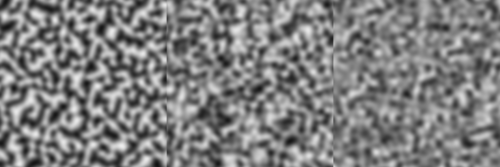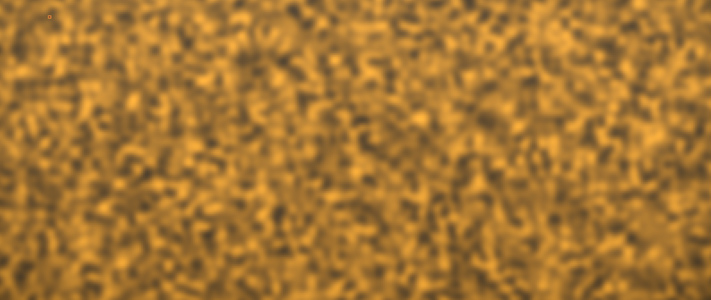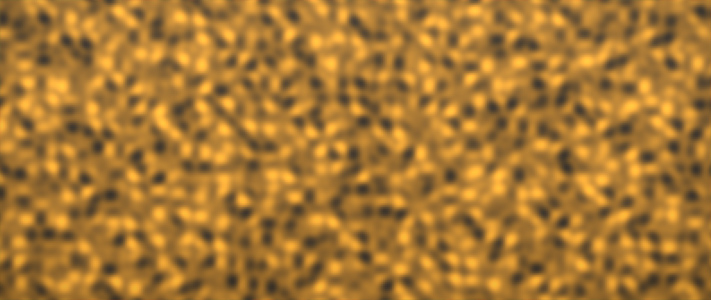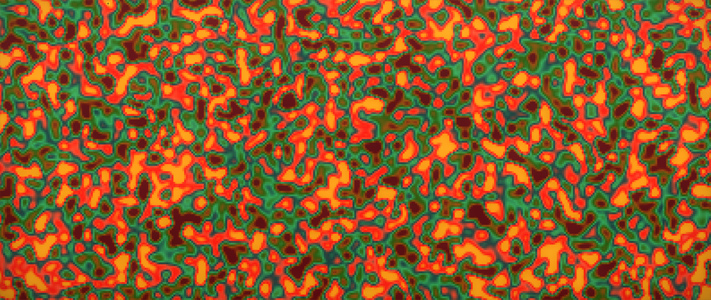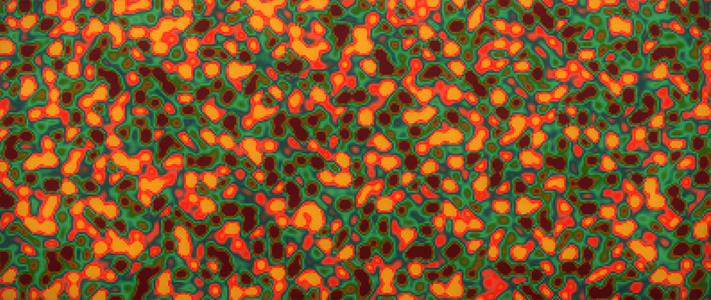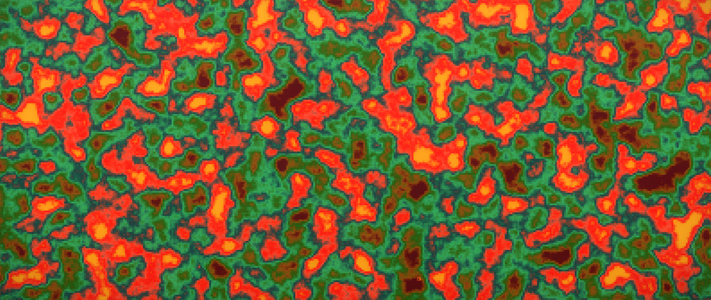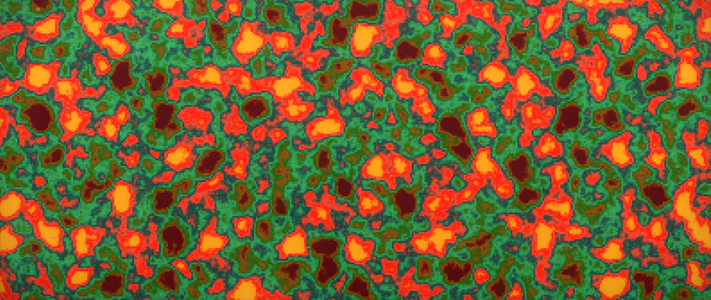I tried converting all the doubles to floats in Gustavson’s version a couple weeks ago, and found no measurable performance difference. Maybe this says more about my benchmarking ability than the code.
This is the first I’ve heard of patents being an issue with the Simplex algorithm. I have an app with a background graphic where 2D cirrus clouds are floating by, making use of 3D translation. I’m wondering if this use requires any sort of payment. Right now I’m just acknowledging Gustavson, as he requests in his code.
Roquen makes a very good point about performance being relevant. At this point, I’m calling the Simplex graphic effect a “placeholder” because it uses over twice the amount of cpu of the main program, e.g., a usage level of 15% jumps to 45% when I turn on this skin animation. So, I’m glad for the reminder, and will be giving Roquen’s a try again.
Roquen: marketing and pitching is an art. (Just finishing reading Jane Bussman’s “A Journey into the Dark Heart of Nameless Unspeakable Evil”–Hilarious, with many insights into how the world works. I recommend it to all JGO’ers.)

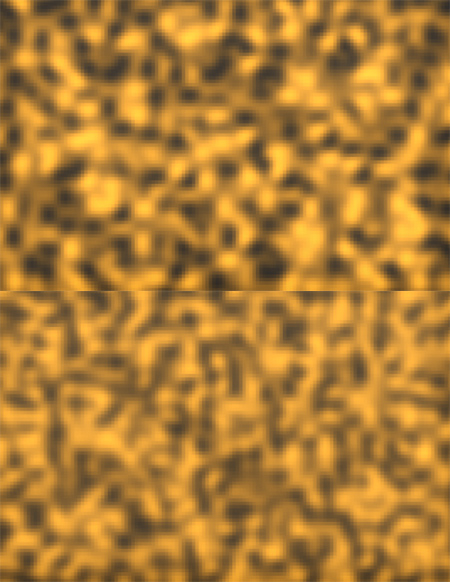
 that one get’s even closer to the reference (speedwise with [icode]simpleHash[/icode]). very impressive considering there are no LUT’s involved.
that one get’s even closer to the reference (speedwise with [icode]simpleHash[/icode]). very impressive considering there are no LUT’s involved.
